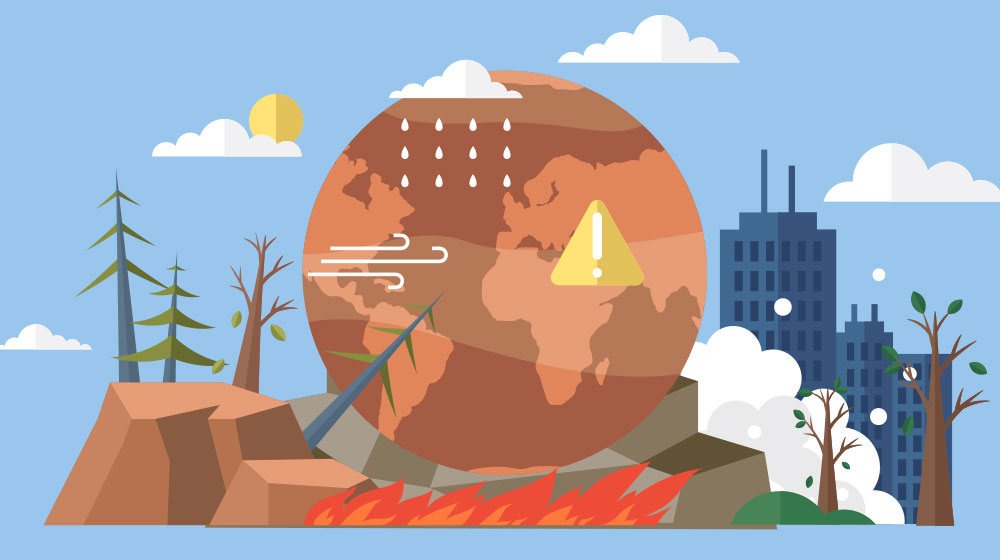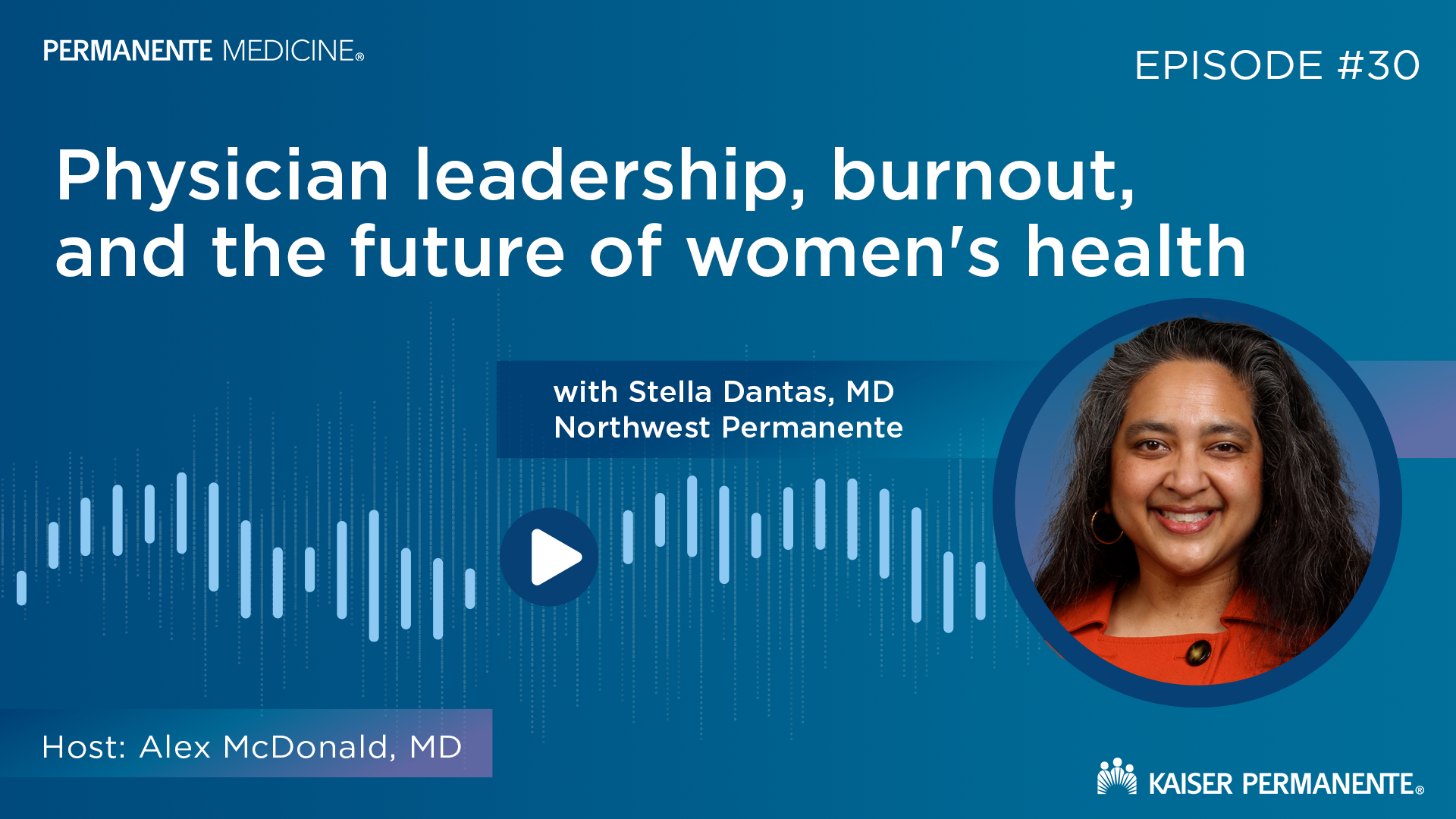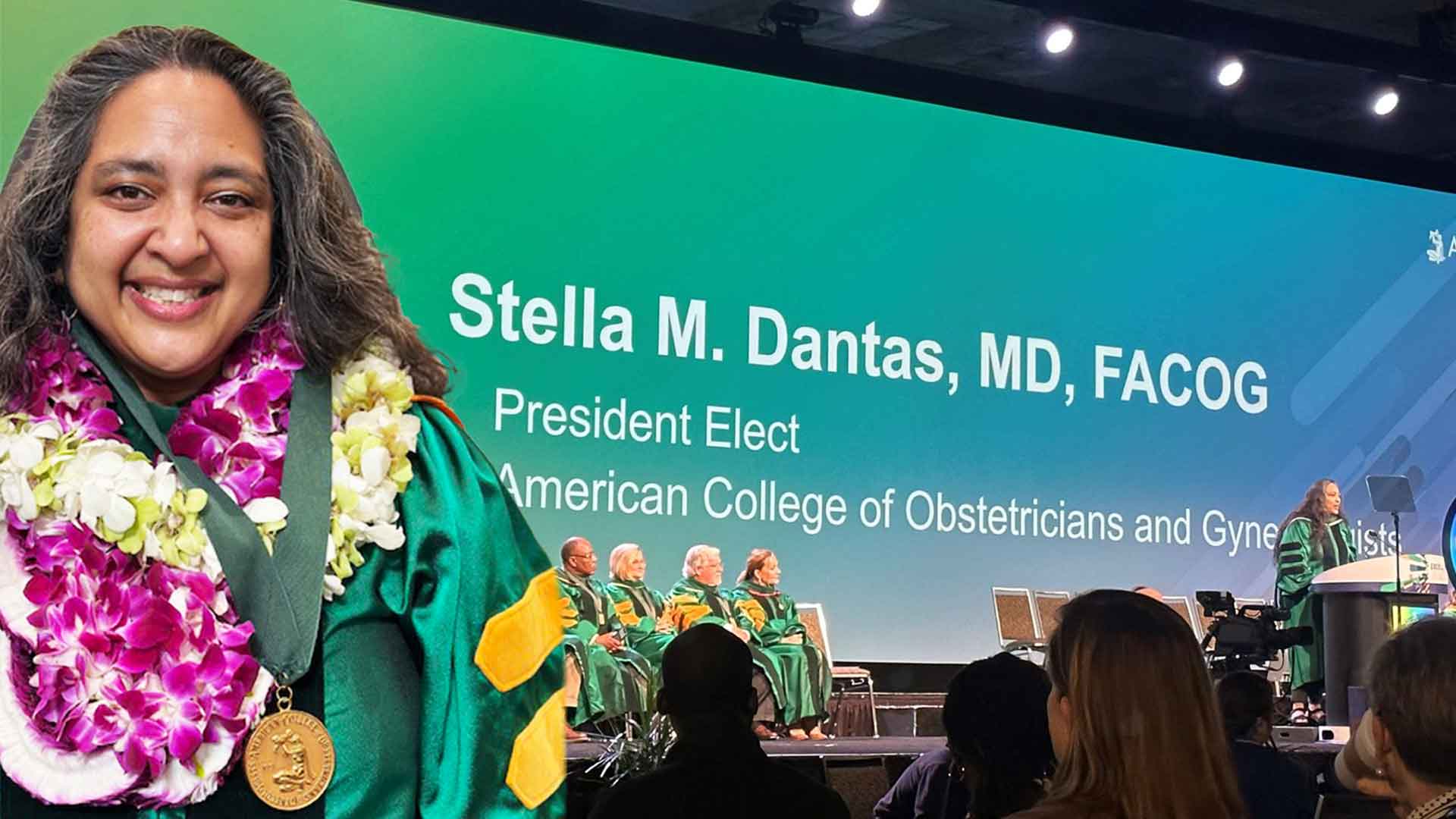Protecting patient health resulting from climate change requires coordinated efforts from physicians, health systems, and communities. Learn how Permanente Medicine is tackling this challenge.
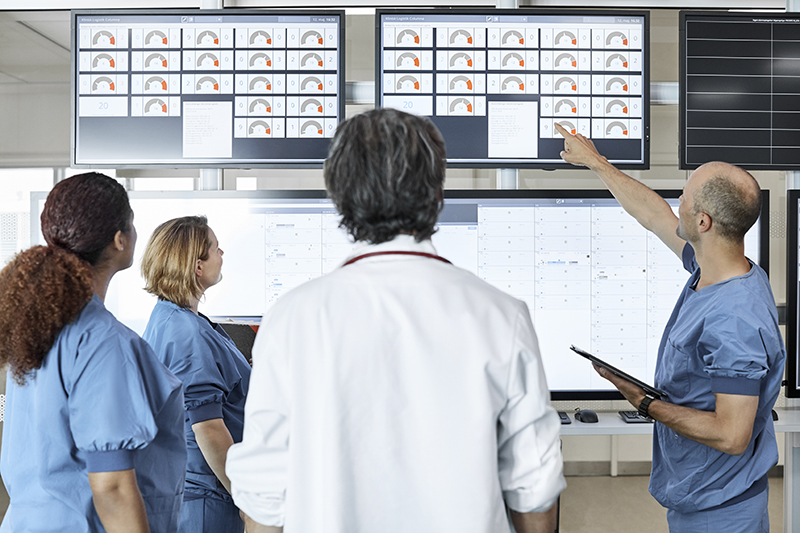
From the front lines: 10 lessons from a hospital command center
This is a series of perspective pieces from physicians who are among the hundreds of thousands providing care during the coronavirus pandemic.
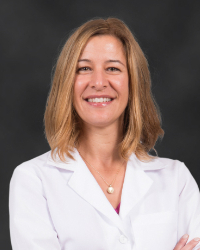
It was an imposing image that foreshadowed the wave of change falling on health care: the Grand Princess cruise ship bearing several dozen passengers infected with the coronavirus sailing through the San Francisco Bay.
From the 8th floor of our hospital in Oakland, we watched with disbelief as we realized that the coming week would be different than any other we’ve ever faced.
When the cruise ship finally docked on March 9, I knew that the first batch of coronavirus cases could be transported to our hospital for treatment. As physician leader of our hospital’s coronavirus command center that day, I also knew that we were as ready as we would ever be. For weeks, our health care teams drilled and prepared for this moment. Hospital command centers in the midst of a pandemic require all hands on deck, and it is critical that teams of physicians and staff work together in coordinated ways like never before.
I’ve learned lessons over the past weeks that I hope can help other care teams on the front lines who will soon be where we in the Bay Area are today. These are my views and not necessarily those of the health system where I practice.
Lesson 1: Get the right people
Our command center saw a fair amount of action with the recent California wildfires, but the COVID-19 pandemic is a different clinical scenario that requires real-time input from medical personnel. Having hospital administrators and physician leaders in the same space has been particularly useful to manage operations, staffing, supplies, testing, and hospital flow.
Lesson 2: Guidelines change by the hour
Our best, proven workflows needed to change rapidly, based on changes from the Centers for Disease Control and Prevention (CDC) and California state public health officials, the availability of testing, and long turnaround times for results. For example, we needed to shift from airborne to droplet precautions and closely track supplies of personal protective equipment (PPE).
Lesson 3: Communication is key
Rounding with physicians and staff is incredibly important because rumors can take off and sow distrust in the absence of open, transparent communication. Channels such as staff town halls allow for the broad cascading of information, and they inspire confidence among our teams. Calls included our infectious disease physicians, lending their scientific clinical voices to the workflows that we are asking others to follow.
Lesson 4: Don’t rely solely on email
We could send mass emails several times a day, but there’s no guarantee people will open them. Keep important policies and workflows on one central site — either a website or internal communications portal. Social media can be helpful; it’s bite-size information that can be shared easily, and tweets and posts have greater visibility. Make sure to follow organizational guidelines for social media.
Lesson 5: Put everything else aside
Clear your calendars. Make yourself available and plan on being called into many meetings and phone calls. COVID-19 will make you focus on the things that are urgent and ignore those that are not. Routine work must carry on, but it’s extremely challenging to try to be in 2 places at once. That’s a recipe for burnout.
Lesson 6: Learn what you can from other places; do not reinvent the wheel
Many health care websites have great public COVID-19 policy and procedure pages. We learned from other hospitals, and adopted and improved upon their workflows. For example, we consulted the University of Washington Medicine COVID-19 Resource Site, which lists the policies and protocols of Washington, a state that was an early hotbed of the virus.
Lesson 7: Start planning now
Planning ahead has let us test new ideas right before putting them into play, including setting up drive-in testing tents, shifting our emergency-room triage areas, establishing new spaces for patients positive for COVID-19, converting in-person appointments to telehealth visits, and creating an injury clinic outside of the emergency department. We’re constantly preparing: Right now, we’re figuring out how to increase the capacity of our facilities for an anticipated surge of inpatients.
Lesson 8: Supply chain issues are real
The supply chain for critical medical supplies has been disrupted by the COVID-19 outbreak, so PPE supplies must be monitored carefully. Personally, I have been awestruck by our communities, schools, dentists, and construction companies that are donating supplies to our medical centers — but collecting supplies and checking for suitability in clinical settings take planning, so consider how you’ll take them in.
Lesson 9: Limit the number of people in your hospital
We’ve put a “limited visitor” policy in place to reduce people’s exposure to the virus, making exceptions, for example, for visitors such as parents of sick children or partners of women who gave birth. We’ve closed our entrances, set up front-door triage, reduced cafeteria hours, diverted pharmacy walk-ups, cancelled elective surgeries, and shifted to telehealth.
Lesson 10: Take care of yourself, and take care of each other
In order to care for others during these critical times, it’s important to take moments for self-care. Adrenaline of the moment may push us to work tirelessly, but we must get rest, eat right, and practice proper hand-washing that we preach to others. We also need to remind those around us to do the same and to provide support for people to have days off when possible.
I’ve never felt so much pride in being a physician as I have in the last 2 weeks. I also haven’t been so physically and emotionally exhausted since my medical residency. I have a profound appreciation for how selfless and heroic our health care workers are, yet I realize we are all grappling with anxiety and uncertainty.
I know that someday, on the other side of this unprecedented time, we’ll come out stronger, better, and with a sense of shared pride for the tremendous work we’ve done together.
Lindsay Mazotti, MD, is a hospitalist with The Permanente Medical Group in Northern California; assistant physician-in-chief for education and development, Kaiser Permanente East Bay; and director of clinical experience and associate professor of clinical science, Kaiser Permanente Bernard J. Tyson School of Medicine. Follow her on Twitter @DoctorLindsayMD.
